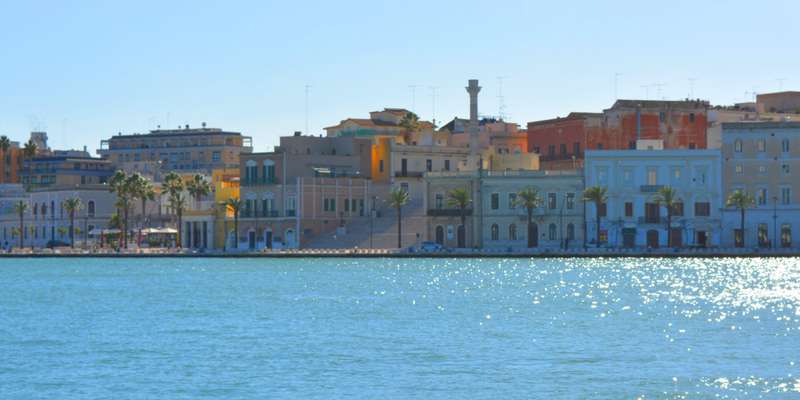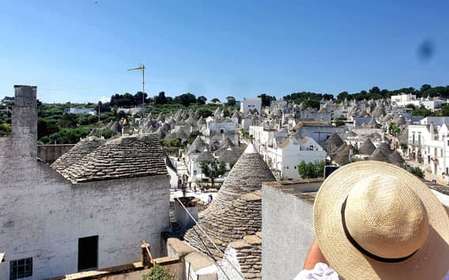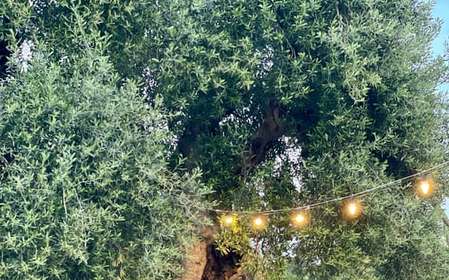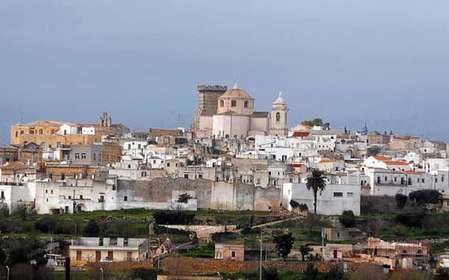- Home
- Useful Tips
- How to efficiently plan Brindisi tours
Planning a trip to Brindisi often leaves travelers overwhelmed by conflicting information. With 78% of visitors reporting they wasted precious vacation hours on poorly located hotels or missed key attractions, the stress of itinerary planning can overshadow the joy of exploring this Adriatic gem. The charming old town’s labyrinthine alleys hide authentic trattorias most tourists never find, while poorly timed visits to landmarks like the Roman columns result in battling cruise ship crowds. First-time visitors frequently underestimate the region’s scorching summer heat, arriving unprepared for midday exploration. These missteps turn what should be a relaxing Puglian adventure into a frustrating scramble – a reality compounded when relying on generic travel forums rather than localized knowledge.


Beating the crowds at Brindisi’s top attractions
The Roman columns and Swabian Castle draw visitors like magnets, but their popularity creates bottlenecks that eat into your sightseeing time. Locals know the secret: arrive either before 9:30 AM when coach tours are still en route, or during the traditional Italian riposo (2-4 PM) when most day-trippers retreat to their hotels. The Cathedral of Brindisi reveals its stunning 12th-century mosaic floor more clearly during these quiet hours. For photography enthusiasts, late afternoon light transforms the harbor’s Monumento al Marinaio d’Italia into a golden masterpiece. If your schedule only allows peak hours, focus on indoor sites like the Archaeological Museum – its climate-controlled halls offer respite from both crowds and heat. Remember that many historic churches enforce strict midday closures, so verify opening times rather than relying on generic online listings.
Navigating Brindisi’s dining scene like a local
Tourist-targeted restaurants along the waterfront serve mediocre seafood at premium prices, while authentic osterias hide in plain sight just blocks inland. The trick? Follow the workmen at lunchtime – their regular spots like Osteria La Locanda serve hearty, affordable cucina povera (peasant cuisine) using hyper-local ingredients. Summer visitors should prioritize establishments with pergola-shaded courtyards; family-run spots like Trattoria Pantagruele offer these cool oases. Never order the ‘tourist menu’ – instead, ask about daily specials featuring seasonal catches or regional specialties like fave e cicorie. An insider’s tip: many restaurants close Sunday evenings and Mondays, but enotecas (wine bars) fill the gap with excellent small plates. For breakfast, skip the hotel buffet and join locals at historic cafes like Caffè Roma for freshly baked pasticciotto pastries.
Strategic basecamp locations beyond the historic center
While staying inside Brindisi’s old town seems ideal, narrow streets make luggage navigation difficult and nighttime noise persists until early hours. Savvy travelers opt for the Murat district – just a 10-minute walk from major sites but with modern amenities and better value accommodations. Those with rental cars should consider masserie (fortified farmhouses) in the outskirts; these agriturismos provide authentic rural charm with swimming pools to counter summer heat. Budget-conscious visitors often overlook the Punta Penne area, where small B&Bs offer sea views at half the price of waterfront hotels. Regardless of location, verify parking arrangements in advance – Brindisi’s ZTL (limited traffic zone) results in hefty fines for unauthorized vehicles. Many smaller properties provide discounted garage access through local partnerships.
Day trip secrets: when to go solo vs. guided
Brindisi serves as the perfect springboard for Puglia’s treasures, but transportation logistics confuse many independent travelers. The Ostuni ‘white city’ is easily reached by frequent trains (35 minutes), while self-driving to Lecce avoids crowded tour buses that arrive en masse mid-morning. However, some destinations truly benefit from expert guidance – the intricate history of Otranto’s mosaic floor comes alive with a licensed guide, and underground olive oil mills in the Itria Valley require pre-booked access. For Alberobello’s trulli houses, arrive before 11 AM to photograph the iconic cones without obstructing Instagram crowds. Coastal gems like Torre Guaceto marine reserve mandate advance online reservations during peak season. When considering guided tours, prioritize small-group operators specializing in niche experiences like Byzantine art or olive oil tasting over generic mass-market offerings.



